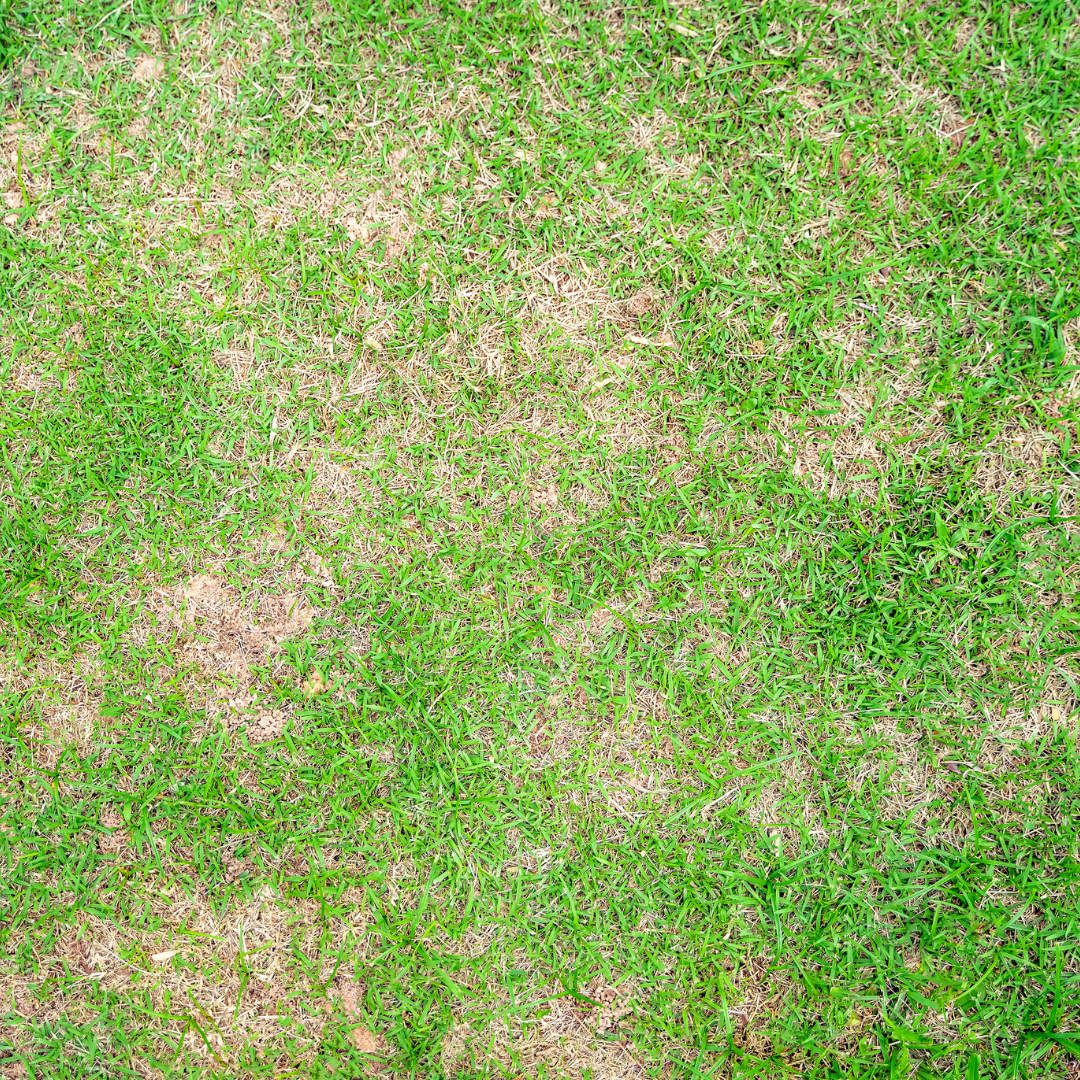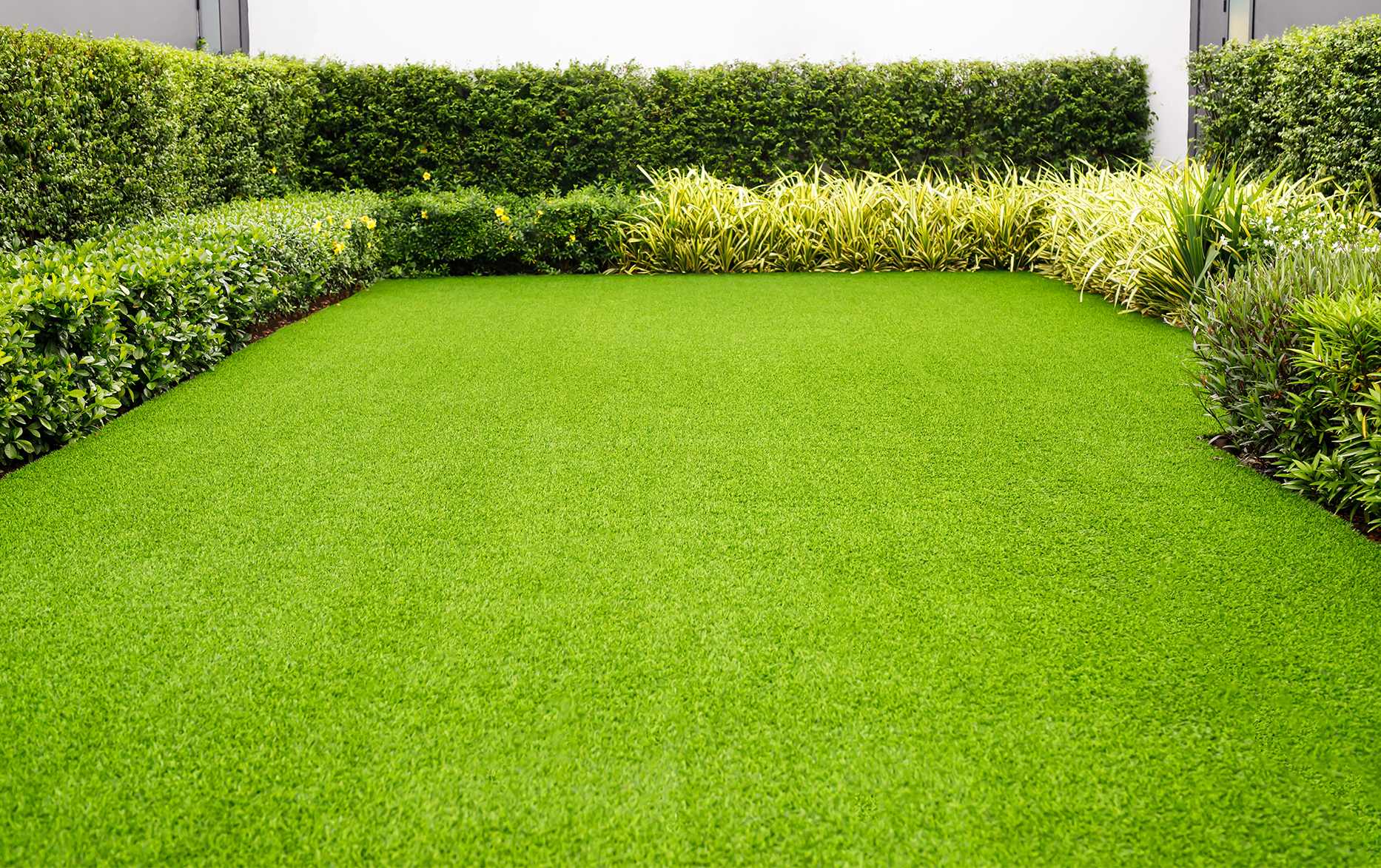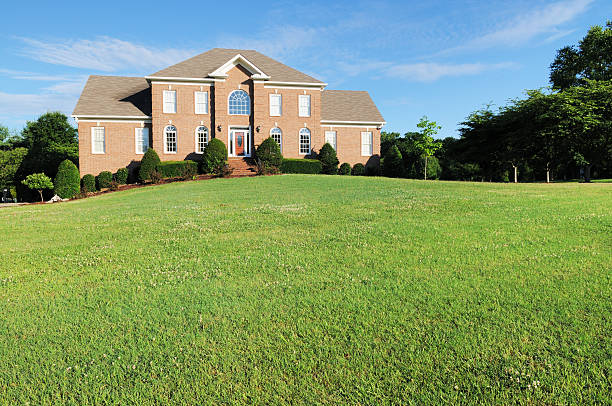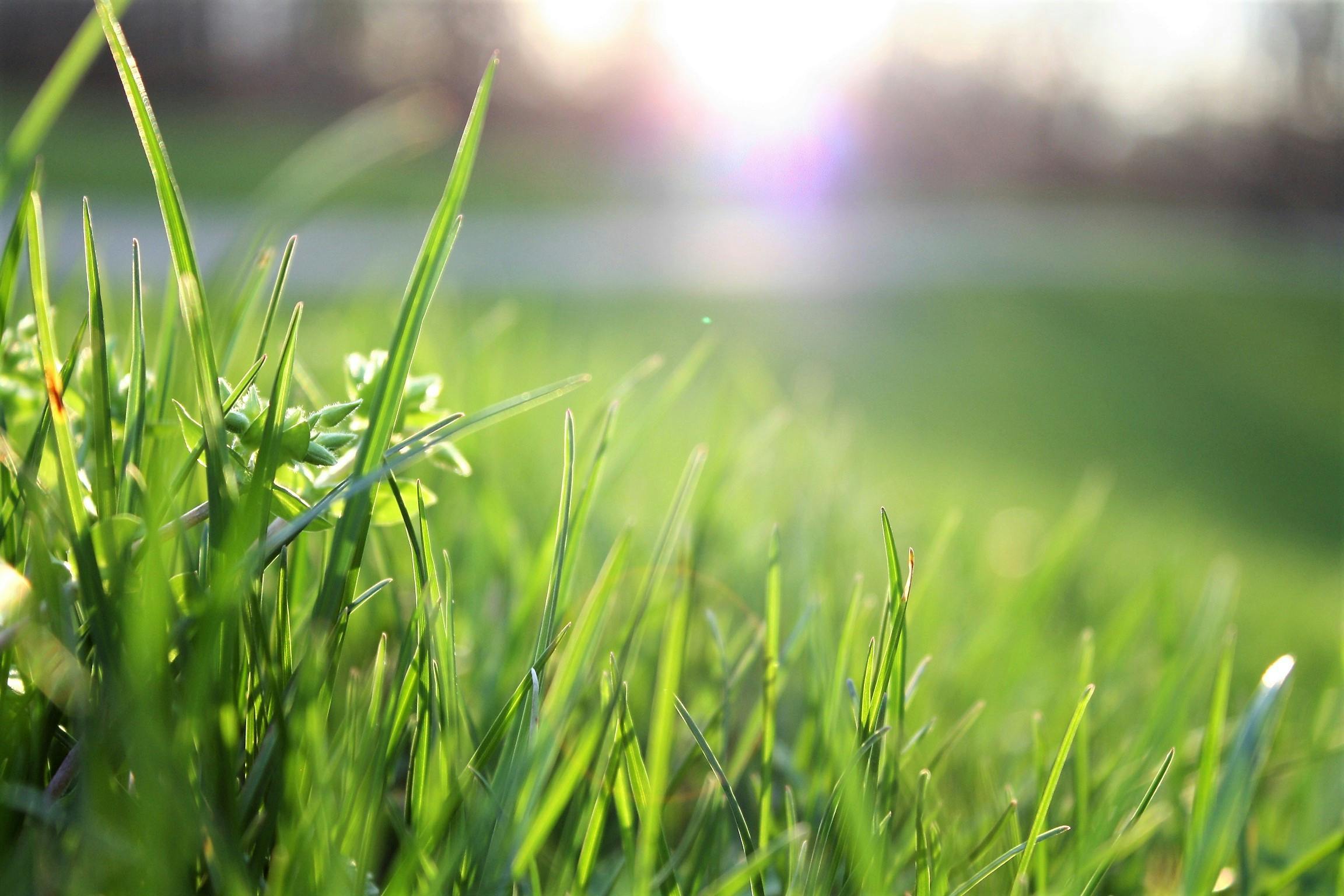A beautiful lawn is a source of pride. Its vibrant green adds curb appeal. However, even the healthiest lawns can face challenges. One major threat is lawn fungus. These microscopic invaders can cause significant damage. They turn green expanses into unsightly patches. Understanding these threats is crucial. Furthermore, knowing how to protect your turf is vital. Champion Green Turf is here to help.
What Exactly Is Lawn Fungus?
Lawn fungus refers to various fungal pathogens. These organisms cause common lawn diseases. They thrive under specific conditions. Fungi are everywhere, naturally present in soil. However, they only become a problem when conditions are right. They require a host plant. They need certain environmental factors. For example, excessive moisture is often a trigger. Also, specific temperatures play a role. When these align, fungus can rapidly spread. It attacks grass blades. It can damage roots. Ultimately, it weakens the entire lawn.
Why Do Lawns Get Fungus? The Ideal Conditions
Fungal diseases don’t just appear. They require favorable environments. Several factors contribute to their growth. Understanding these helps with prevention.
Firstly, excess moisture is a big one. Overwatering creates damp conditions. Poor drainage also leads to pooling. Prolonged dew on grass blades encourages growth. Fungi love humidity. They thrive in wet foliage. Therefore, smart watering practices are essential.
Secondly, temperature extremes play a role. Different fungi prefer different temperatures. Some thrive in cool, damp springs. Others emerge in hot, humid summers. Knowing your climate helps predict outbreaks. This allows for proactive measures.
Thirdly, poor air circulation is a factor. Shady areas often have less air movement. This keeps grass blades wet longer. Dense tree canopies contribute to this. Reducing shade improves air flow. It helps grass dry faster.
Fourthly, nutrient imbalances weaken grass. Both too little and too much fertilizer can cause issues. Low nitrogen can make grass susceptible. Conversely, excessive nitrogen can encourage certain diseases. A balanced feeding program is key. Soil tests provide vital information.
Finally, stressed turf is vulnerable. Compacted soil hinders root growth. Improper mowing damages blades. Dull mower blades tear grass. This creates entry points for pathogens. Maintaining overall turf health is paramount.
Common Lawn Diseases: How to Identify Lawn Fungus
Recognizing fungus early saves your lawn. Learning how to identify lawn fungus is a critical skill. Each disease has distinct symptoms. Here are a few common ones to watch for:
- Brown Patch: This appears as circular patches. They range from a few inches to several feet wide. Grass turns purplish-green first. Then, it fades to light brown. The affected grass often looks sunken. It thrives in hot, humid summers.
- Dollar Spot: Look for small, straw-colored spots. These are typically one to six inches across. They resemble silver dollars. Individual blades show hourglass-shaped lesions. These spots can merge into larger areas. It is common in nitrogen-deficient lawns.
- Red Thread: You might see pink or reddish threads. These fungal structures protrude from grass blades. They give the disease its name. Affected areas appear as irregular pinkish or bleached patches. It often occurs in cool, damp conditions.
- Powdery Mildew: This looks like a grayish-white powder. It covers the grass blades. It usually appears in shaded areas. Grass may turn yellow and thin. It thrives in low light and high humidity.
- Rust: This disease causes yellowish-orange or reddish-brown spots. These spots resemble rust particles. They can rub off easily onto shoes. Patches of grass may thin and weaken. It is common during periods of slow growth.
Observing your lawn regularly helps. Catching symptoms early is vital. This prevents widespread damage. It makes treatment more effective.
Prevention is Key: Cultural Practices for a Healthy Lawn
The best defense is a strong offense. Healthy cultural practices deter fungus. They build robust, resilient turf.
- Proper Watering: Water deeply, but infrequently. Aim for about 1 inch of water per week. Water early in the morning. This allows grass blades to dry before nightfall. Avoid late afternoon or evening watering. Wet grass overnight encourages fungus.
- Balanced Fertilization: Follow a consistent feeding schedule. Use a slow-release nitrogen fertilizer. Avoid excessive nitrogen, especially in hot weather. Soil tests guide correct nutrient application. A balanced diet strengthens grass.
- Correct Mowing: Mow at the appropriate height for your grass type. Taller grass shades the soil. It promotes deeper root growth. Never remove more than one-third of the blade length. Use a sharp mower blade. Dull blades tear grass. This creates open wounds for fungi.
- Aeration and Dethatching: Compacted soil restricts air and water. Thatch build-up traps moisture. Aerate your lawn periodically. This improves air circulation to roots. It helps water penetrate deeper. Dethatching removes excess organic matter. Both reduce fungal habitats.
- Improve Airflow and Sunlight: Prune trees and shrubs if needed. This increases air circulation. It allows more sunlight to reach shaded areas. Reducing shade helps dry grass faster. It creates less favorable conditions for fungi.
- Choose Resistant Varieties: When overseeding or establishing a new lawn, select resistant grass types. Many modern cultivars offer disease resistance. This provides a natural defense mechanism.
By implementing these practices, you empower your lawn. It becomes less susceptible to disease. It maintains its Champion Green appearance.
When to Consider Lawn Fungicide Treatment
Sometimes, despite best efforts, fungus appears. That is when lawn fungicide treatment becomes necessary. Fungicides are chemical products. They specifically target fungal growth. They can be preventive or curative.
Preventive fungicides are applied before symptoms appear. They create a protective barrier. They stop spores from germinating. This approach is best for lawns with a history of disease. It is also good during high-risk weather. Warm, humid periods often trigger applications.
Curative fungicides are used once symptoms are visible. They stop the spread of existing infections. While they cannot reverse damage, they halt progression. They allow the grass to recover. Prompt application is vital for effectiveness.
Choosing the right fungicide matters. Different products target different fungi. Reading product labels is essential. Always follow application instructions carefully. Over-applying can harm your lawn. Under-applying can be ineffective.
Timing is also critical for success. Early morning application is usually best. This allows the product to dry. It minimizes exposure to high temperatures. Repeat applications may be necessary. This depends on the product and disease severity.
The Importance of Professional Help
Identifying specific lawn diseases can be tricky. Applying fungicides correctly requires knowledge. Misdiagnosis leads to ineffective treatment. Incorrect application can waste money. It can even damage your lawn.
That is why professional help is invaluable. Experts can accurately diagnose the problem. They understand local conditions, know the right lawn fungicide treatment, apply products safely and effectively, and offer customized solutions. These solutions fit your lawn’s unique needs.
Furthermore, professionals can provide long-term strategies. They help implement cultural practices. They offer preventative programs. This holistic approach builds a truly resilient lawn. It ensures sustained health and beauty.
Champion Green Turf offers expert services. We protect your investment and keep your lawn looking its best. Our team has the knowledge and tools. We diagnose issues correctly, provide effective solutions, and maintain your green oasis.
Protect Your Investment: A Champion Green Lawn Awaits
Your lawn is more than just grass. It is an outdoor living space. It enhances your home’s beauty. Protecting it from fungus is essential. Understanding common lawn diseases empowers you. Knowing how to identify lawn fungus is a critical first step. Applying the right lawn fungicide treatment ensures recovery.
Don’t let fungus diminish your turf’s appeal. Take proactive steps. Implement smart cultural practices. If disease strikes, act swiftly. Consider professional assistance. Champion Green Turf is ready to help. We are dedicated to your lawn’s health. We ensure it remains vibrant and strong. Contact us today. Let us help you maintain that Champion Green glow.





